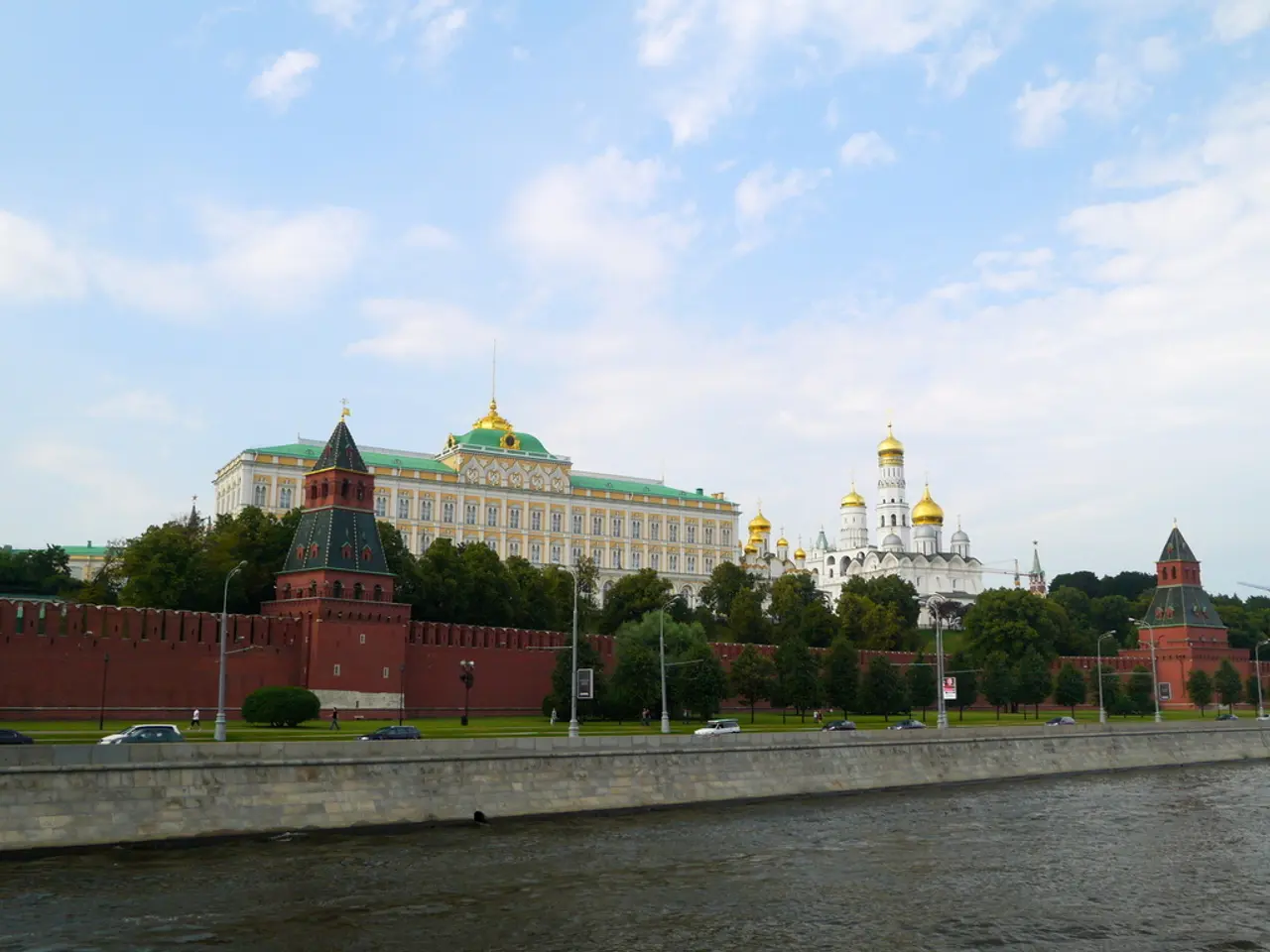Opinion Piece in IHR Issue 28
Hydro22 Conference Highlights Hydrographic Advancements
The Hydro22 Conference, hosted by the Francophone Hydrographic Society (AFHy) on behalf of the International Federation of Hydrographic Societies (IFHS), is currently underway in Monaco, the seat of the International Hydrographic Organisation (IHO). The conference, which marks a return to in-person events after a two-year hiatus due to the COVID-19 pandemic, is bringing together experts from around the globe to discuss and showcase advancements in hydrography.
Benjamin Evans and Jeremy Weirich are among those highlighting the achievements of NOMEC, a national strategy to map, explore, and characterize waters within the United States Exclusive Economic Zone. Meanwhile, Daniel Wehner and his team have introduced Marispace-X, a digital maritime data space based on data sovereignty, security, interoperability, and modularity of the European Federated Data Infrastructure Gaia-X.
Mina Foroutan et al. have reflected on an international workshop on community views and expectations for the capabilities of a multidisciplinary Hydrographer of the Future. The workshop aimed to gather insights from various stakeholders to shape the future of hydrography.
Patrick Westfeld has expressed gratitude to the IHO Secretariat, Directorship, and Secretary General, as well as all Member States, represented by the Editorial Board, for their support and trust in the development of the IHR. Westfeld also announced improvements to the IHR publication process, including an orderly double-blind review process, structured correspondence with authors, registration of articles with persistent identifiers, and increased social media presence.
João Paulo Delgado Vicente from the Portuguese Hydrographic Institute has informed about Portugal's cartographic responsibility in Africa, which aims to produce new nautical charts, improve hydrographic surveys, and support capabilities in marine science and technology. René Chénier et al. have presented a tool developed to prioritize survey gaps in Canadian waters that pose the highest risk to navigation.
Giuseppe Masetti and colleagues have presented the design and implementation of an e-learning Python for Ocean Mapping (ePOM) project, aimed at preparing the next generation of ocean mappers. Esmee M. van Wijk et al. have investigated whether data from free-drifting, autonomous profiling floats can be used to map the topography of the ocean basins.
Jean-François Beaupré and colleagues have developed an approach to managing maritime limits and boundary information of coastal states under the IHO S-100 framework. Knut Hartmann and colleagues have presented study results on the potential and feasibility of a cloud-based solution for extracting bathymetry from satellite imagery.
Denis Hains et al. have provided an update on the definition of the term hydrospatial. Julia Bräker et al. and Frank Niemeyer et al. have presented promising results of two ongoing research and development projects on the potential of augmented reality to assist the helmsman in hydrographic surveys and on the development of a test platform for underwater sensor technology and material testing.
The Hydro22 program and exhibition cover a wide range of topics, including conventional and new measurement techniques, smart data processing and management, environmental and economic issues, research, and education. For updates on hydrographic events specifically, checking with the International Federation of Hydrographic Societies (IFHS) or the Francophone Hydrographic Society (AFHy) directly would be advisable.
In addition to the Hydro22 Conference, Monaco is also hosting the 12th Monaco Energy Boat Challenge from July 2 to July 5, 2025. This event focuses on maritime innovation, including hydrogen refueling and alternative fuels, not hydrographic conferences. For those interested in hydrographic conferences, contacting the organizers directly or checking their official website would be advisable.
Gottfried Mandlburger has written an article in this IHR edition that reviews optical methods used in hydrography with almost 250 literature references. Sonja Bhatia et al. have completed their series of notes on the IHO Empowering Women in Hydrography (EWiH) initiative with a paper on the structural conditions, challenges, and lack of support in the profession that cause women to leave their career paths.
The International Hydrographic Review (IHR) is publishing its 28th volume. The Hydro22 Conference is expected to continue until July 8, 2022.
- The Hydro22 Conference, focused on hydrographic advancements, is featuring discussions on ocean mapping, as highlighted by the presentation of the e-learning Python for Ocean Mapping (ePOM) project.
- In the realm of marine science, Daniel Wehner and his team introduced Marispace-X, a digital maritime data space centering on data sovereignty, security, interoperability, and data-and-cloud-computing.
- Giuseppe Masetti and colleagues shared the design and implementation of the ePOM project, aiming to prepare the next generation of ocean mappers, while Jean-François Beaupré and colleagues demonstrated an approach to managing maritime limits and boundary information using technology.
- The ceremony announced improvements to the IHR publication process, reinforcing cybersecurity measures with an orderly double-blind review process and registration of articles with persistent identifiers, showing the intersection of hydrographic research and technology with environmental-science and data-and-cloud-computing.




